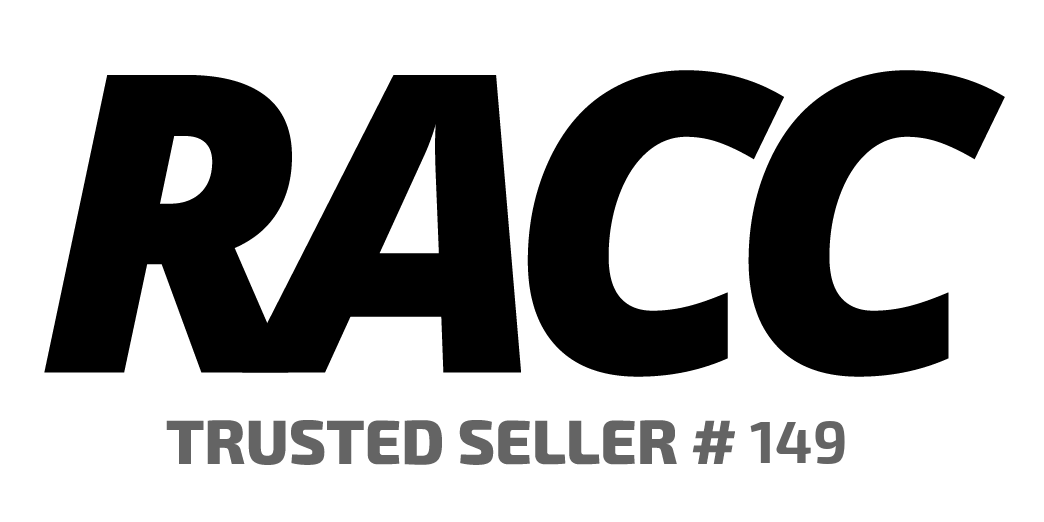Pierre Auguste Renoir Signed 1883 "La Loge (Theatre Box)" Trial Proof Lithograph on Archival BFK Rives Paper (Renoir COA)
Gallery Price $3,000
- Lot number 532584
- Total views 49
- Lot ended2016-09-14 20:00:00
- Total bids 20
- Winning bid $200.00
- Buyer's premium $32.00
- Total $232.00
- CLASSIC NO RESERVE
In 1855, Renoir's father, a modest tailor from Limoges established in Paris since 1845, puts his 14 years old son Auguste at work in a porcelain factory, in the "Rue du Temple" street, where the adolescent boy is initiated with painting on plates.
The introduction of a machine will put an end to this experience and several others will follow, of which painting of church hangings for overseas missionaries and painting of fans.
Throughout these early years, Renoir made frequent visits at lunch time to the Louvre, where he studied the art of former French masters, particularly those of the 18th century Antoine Watteau, François Boucher, and Jean Honoré Fragonard. His deep respect for these artists informed his own painting throughout his career.
Eight years later Renoir had enough money to enter in April 1862 the School of Fine Arts. Parallel to the courses of the School, he also attends the private Workshop of Charles Gleyre where he will become friendly with his school-fellows Alfred Sisley , Frederic Bazille and Claude Monet.
With his friends, in particular Bazille and Monet, Renoir will often work outdoor in the forest of Fontainebleau sharing their research on natural light painting. His own artistic research will then cover a broad range, for he is less certain than other painters of the direction he should take, being held by the necessity of selling paintings to earn a living and by his desire of finding his own place on the Parisian scene.
In addition to beautiful paintings of city views, as the views of Paris which he paints with Monet in spring 1867 (" The Pont des Arts"), and landscapes, his artistic matter would also express in many genre paintings, portraits in the open air, like "Alfred Sisley and his wife ", which appeal to the spectator by their luminosity and their expressiveness. From 1864 on, he would exhibit or try to exhibit his works at the official Salon.
Accepted in 1864, refused in spite of the intervention of Corot in 1866, he did not have a better chance the following year, with a "Diane Chasseresse " in which one can see the influence that Courbet exerced on his production at that time.
He can show his "Lise with the parasol" (1867) at the Salon of 1868, once again a painting influenced by Courbet.
Renoir will not adopt a personal mode of pictorial representation until the summer of 1869, when he worked with Monet at the Grenouillère, while painting the animation of this bathing spot for Parisian middle-class people with fast and vigorous brushstrokes of pure color, very simplified, barely outlined characters, mobile reflections of light rendered in a new way. The whole painting gives off an "impression" rather than any precise details.
Soon after, the Franco-Prussian war brought the Renoir/Monet period of intense creativity to an end as Renoir was called up for military service in 1870. Fortuitously, he was assigned the task of training cavalry horses in the Pyrenees - far from the battle front. Regrettably, his friend Frederic Bazille was killed in the war.
However, if Renoir, with "The Grenouillère" and some other 1869 and 1870 works, affirms the essential components of the Impressionist painting, in particular the division of tones, his deliberate research of an increased clearness using a light layer of painting that appears since 1872 will characterize the execution of the majority of his works traditionally attached to his Impressionist period : "The theater box " (1874), "Path winding through the high grass " (1875), "Dance at the Moulin de la Galette" (1876), "The swing" (1876), "Portrait of Jeanne Samary" (1877), "Oarsmen at Chatou" (1879) .
This very bright clearness was obtained by the use of a more or less thick but always resinous paste, i.e., contrary to the paste of Monet, very little diluted in the spirits of turpentine, therefore little degreased.
The piece includes an authenticity guarantee and LOA from Pristine Auction.
Authentication: Renoir Official COA and Pristine Auction LOA (details)
Due to the uniqueness of each item, please refer to the photos provided in this auction. We offer high resolution images of each item rather than a written description of condition.
This item is being shipped from the Pristine Auction warehouse.




















